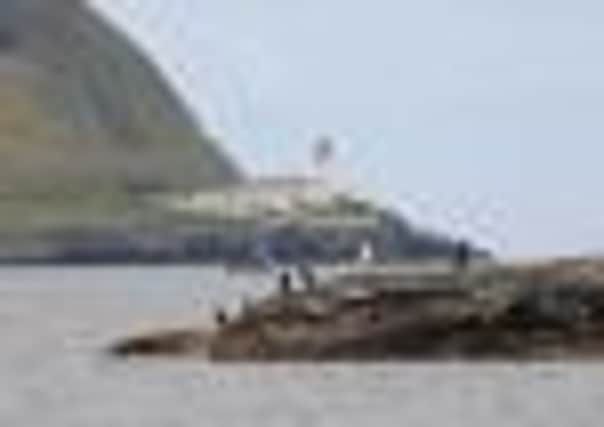WWI Shetland lifeboat to be restored


In June 1915, the wooden lifeboat from the Peterhead-registered steam drifter Ugie Brae saved the lives of ten fishermen - and a dog - when they took to the boat after the Ugie Brae was one of 16 Scottish fishing vessels sunk in an attack the German submarine U-38, 35 miles off the Skerries.
The German submariners allowed time for the men to take to lifeboats and only one fisherman died, several days later, from a shrapnel wound.
Advertisement
Hide AdThe 16ft clinker built lifeboat never returned to sea and was left on the Skerries, the tiny island archipelago four miles North east of Whalsay. It was quickly turned into an improvised sheep shelter, known locally as the “lambie hoose” on Skeo Houll, a prominent hill on Housay, one of three small islands which make up the Skerries.
But it has now been revealed that, having served its time as a sheep shelter for almost 100 years, the decaying historic vessel is now to be given a new lease of life and is being fully restored by local boat builders Robbie Tait and Jack Duncan in the the boat shed at Shetland Museum and Archives in Lerwick.
Dr Ian Tait, the curator of Shetland Museum, explained: “Two lifeboats - one from the Ugie Brae and the other from a boat called the Uffa - made it to the Skerries that day, with local men putting off in a boat of their own to assist the men of the Ugie Brae when they were spotted around six miles from the shore. The men were struggling with fatigue and needed assistance to land. Both crews were taken to Whalsay, where they set off for Lerwick on the weekly Earl of Zetland run.
“The lifeboats were left in Skerries and put to good use by local folk.”
He said that the Uffa’s boat had been used as the roof for a croft and had been demolished many years ago, but the Ugie Brae’s boat became a shelter for lambs at Skeo Houll where it has remained a local landmark.
Dr Tait continued: “In later years, a floor was added to the lambie-hoose and the building was used to recharge the accumulator batteries used to power a wireless.
Advertisement
Hide Ad“Time and the weather have, however, taken its toll and the condition of the boat had deteriorated badly. Shetland Amenity Trust was therefore approached by the Skerries community to see if ways could be found to save this historic part of Skerries heritage. It was agreed that, if the Skerries folk arranged for the boat to be transported to Lerwick, then the Shetland Museum and Archives carpenters would undertake the restoration work.”
He added: “Once restored, the lifeboat will be returned to Skerries and it will be reinstated in its landmark position as a boatie-hoose again.”